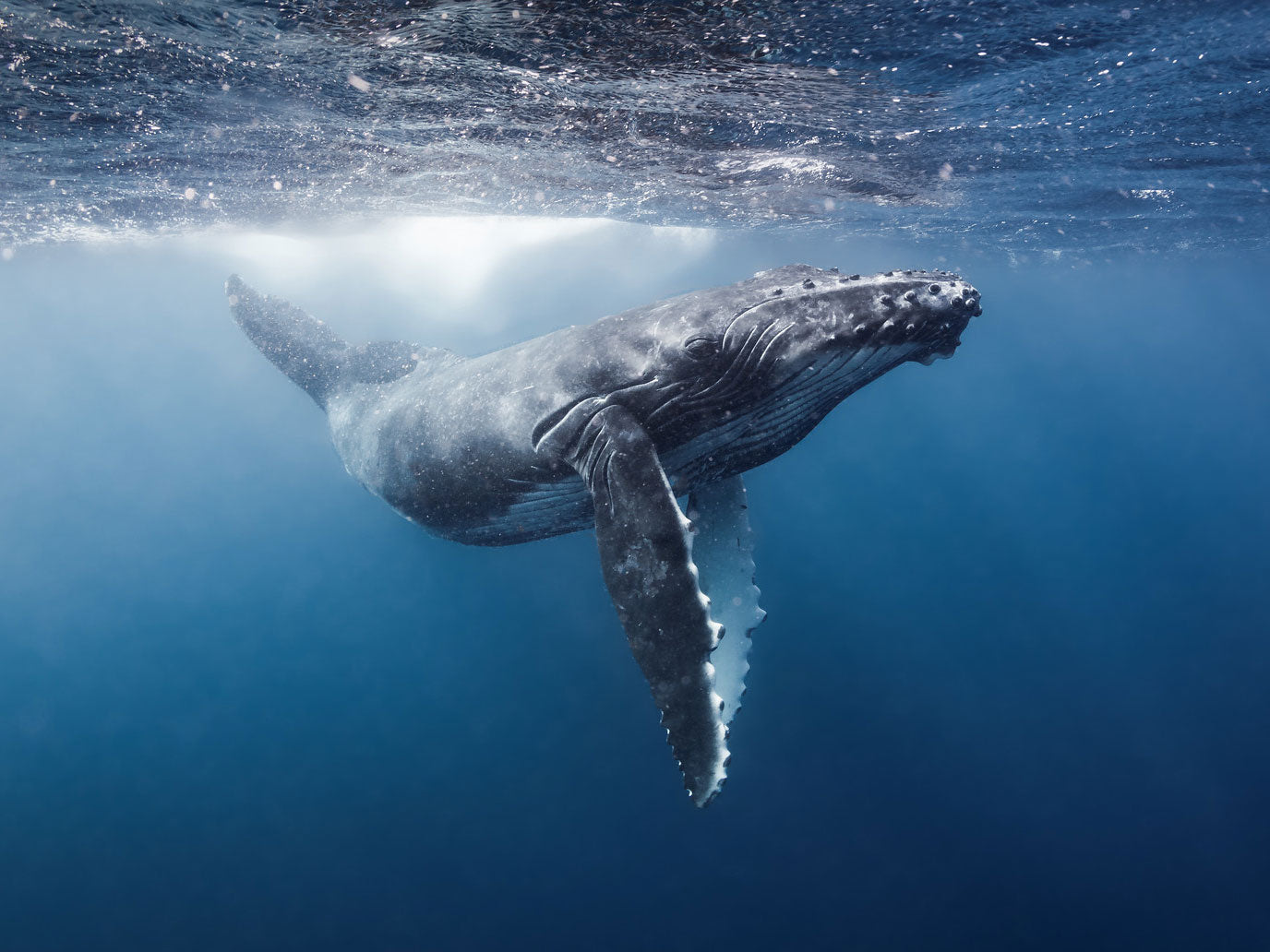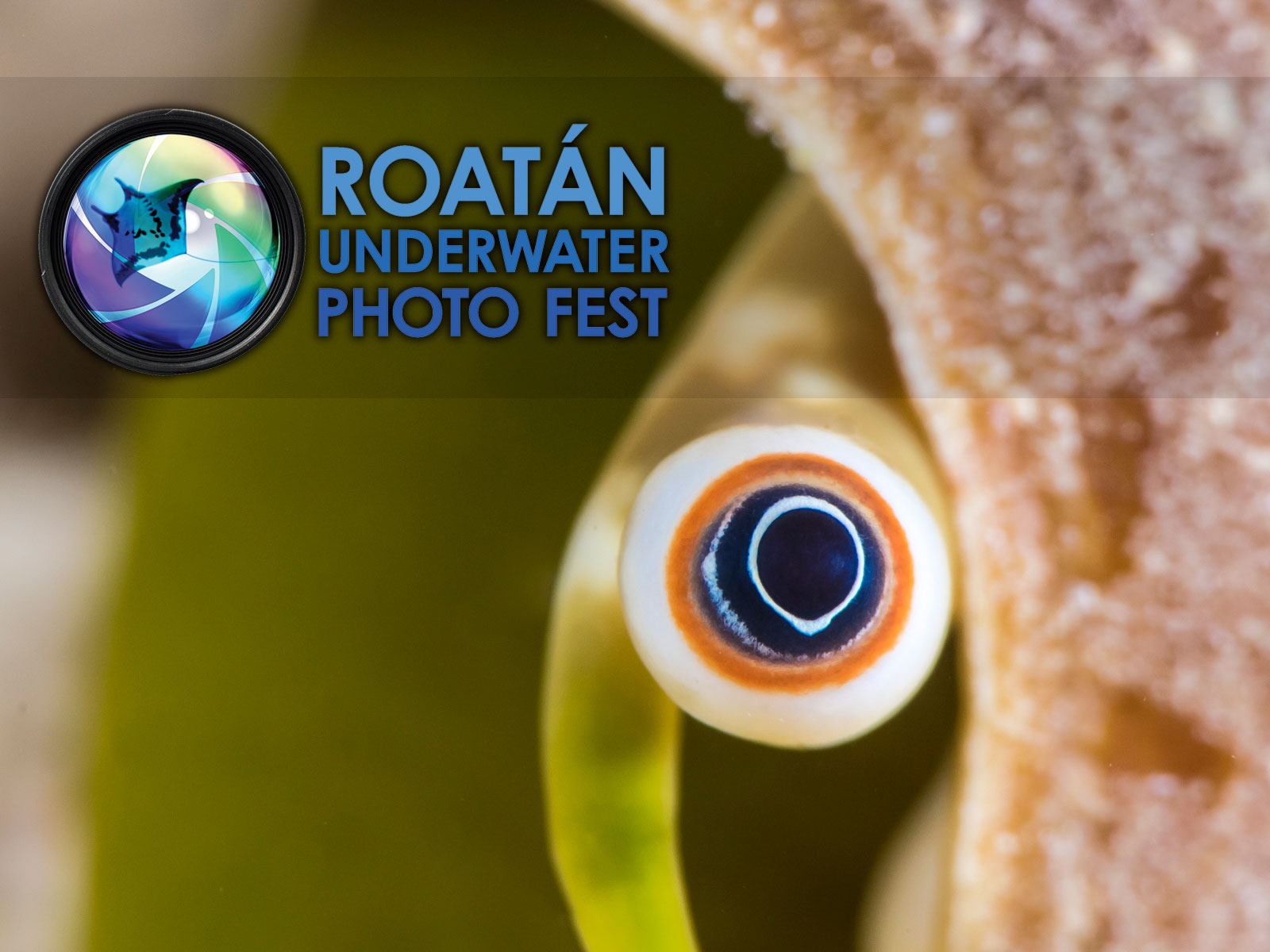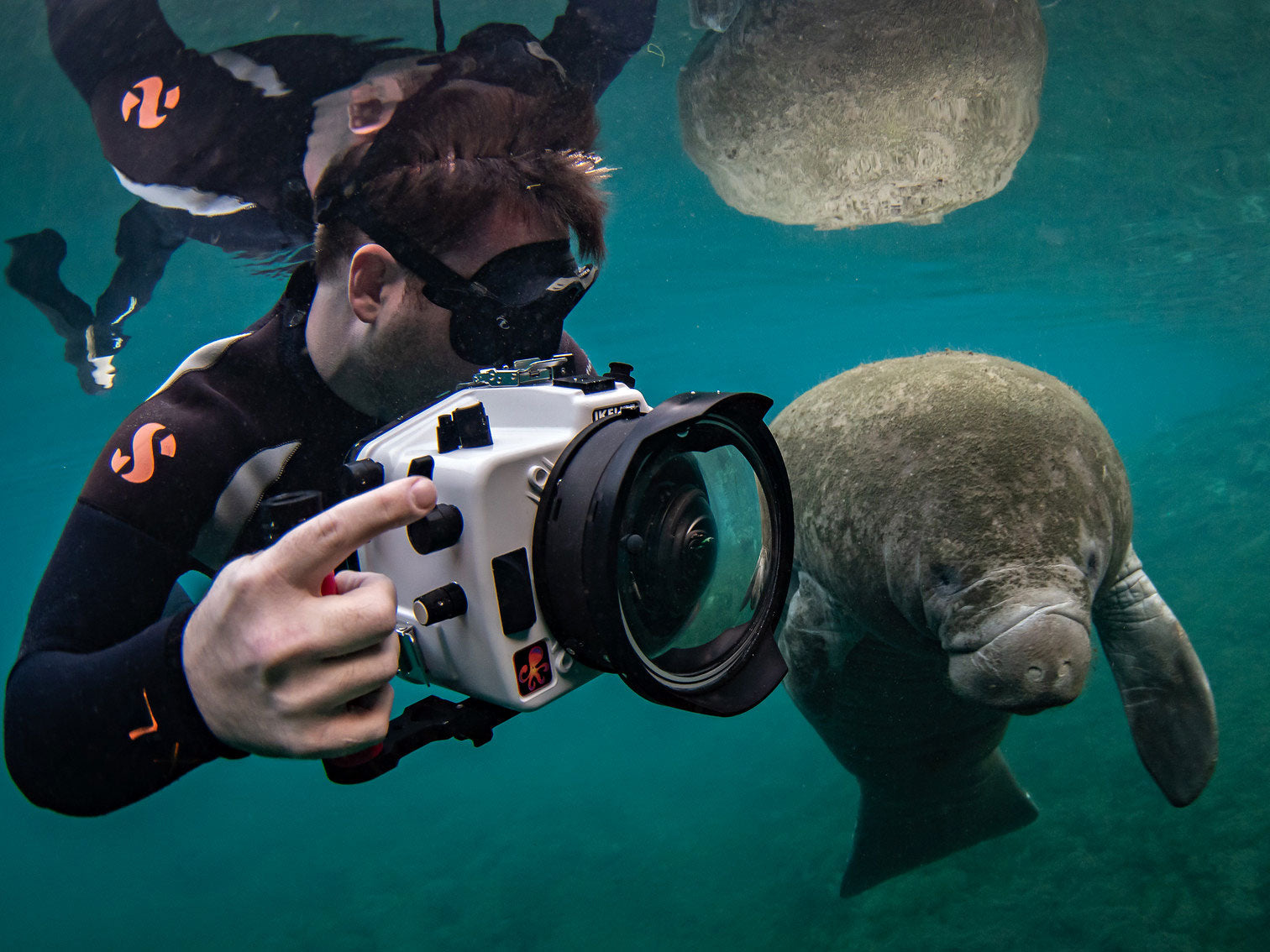Big animals are always near the top of the bucket list for underwater photographers and humpback whales certainly fall into that category. We catch up with Ambassador Grant Thomas to find out more about how to photograph these majestic creatures.
Where is Tonga? How hard is it to get there?
The Kingdom of Tonga is an archipelago made up of 176 islands stretched across 740 square kilometres in the South Pacific. The easiest and most common way to get to this wild and magnificent place is by flying via New Zealand, Australia or Fiji with either Air New Zealand, Virgin Australia or Fiji Airways. You will arrive in the capital, Nukualofa which is part of the Tongatapu island group and from there you can catch a domestic flight to one of the other two main groups of islands, Ha’apai and Vava’u.

What lens(es) are you using?
My favorite lens to use while shooting the whales is the Tokina 10-17mm Fisheye. The fisheye effect allows me to get close and still fit an entire whale in the frame, after all these animals can grow up to 18 meters long, weigh up to 40 tons and they do get very close sometimes!
I also like to shoot with the Canon EF 16-35mm f/2.8L II USM Lens which creates less distortion and provides a different perspective, as well as giving the option to use the 35mm focal length with some shallow depth of field when I’m feeling creative.
Do you keep a separate camera and lens for above water photography?
Yes I have both Canon EOS 5D Mark III and Mark IV DSLR cameras, which gives me the opportunity to alternate between underwater and above water shooting. I will always have my dry camera setup on board with a Canon 70-200mm lens because you never know when your going to witness some amazing surface action such as breaching, pectoral and tail slapping.

How many humpbacks do you usually see at one time?
Very good question as it’s sometimes hard to count! We will often see large numbers of male humpbacks group together to pursue a female; this is called a heat run. We have had a whopping 20 humpback whales in a heat run swim past us while in the water. The only way I can describe the feeling is to imagine standing in the middle of a freeway with 20 buses charging past, beeping their horns and crashing into each other however, not at one point did we feel in danger as these animals are extremely intelligent and aware of their surroundings.

How close are you able to get to the whales? Do they acknowledge your presence?
In the water we are allowed to approach a whale to within a distance of 5 meters however, often the whales don’t have the same understanding of these rules and we can find ourselves eye to eye with a curious humpback who sometimes even seems to seek physical contact. Swims can last hours at a time so they very much acknowledge our presence and occasionally even imitate our movements in the water.
What are the challenges of photographing humpbacks?
I find the biggest challenge sometimes is remembering to actually take pictures. I get so mesmerized by some of the incredible interactions that I just want to take in the whole experience and I often forget about the camera.
Can you shoot over-unders of a whale breaching?
This is a very tricky shot as you only have a couple of seconds to prepare for a breach. The whale often dives deep and makes two or three kicks with its tail, launching itself straight out of the water with a huge splash followed by a small tidal wave. I have seen this many times but still not managed to capture the perfect shot. Maybe this year!
What are your tips for capturing “the shot”?
For me eye contact is always important, especially with the humpback whales. I have never felt so connected to an animal as I do when looking into the eye of a humpback whale.
Any advice for models on how to position themselves without disturbing the animals?
The whales in Tonga have travelled over 5000km from Antarctica in order to find safe birthing grounds for their young. This is why disturbing them as little as possible is always our priority when in the water. We approach whales the same way you would a stranger in the street, we get to know them first, approaching slowly and being respectful of space. If the whale(s) show signs that they are comfortable then we consider letting people get closer. I find the most intriguing shots are when the model and whale are imitating each other’s movements in the water.

What’s the most exciting part about swimming with the humpback whales?
I have been swimming with the whales in Tonga for the past six years and every year I go back I see new behavior I have never seen before. The feeling of being in the water with such an incredibly intelligent animal that seeks out interaction and affection with us humans is something I will never get tired of.
Additional Reading
Expedition | Tonga Humpback Whales | July 23-30, 2019
Grant Thomas Ambassador Profile
Freediving with Orcas in Norway















